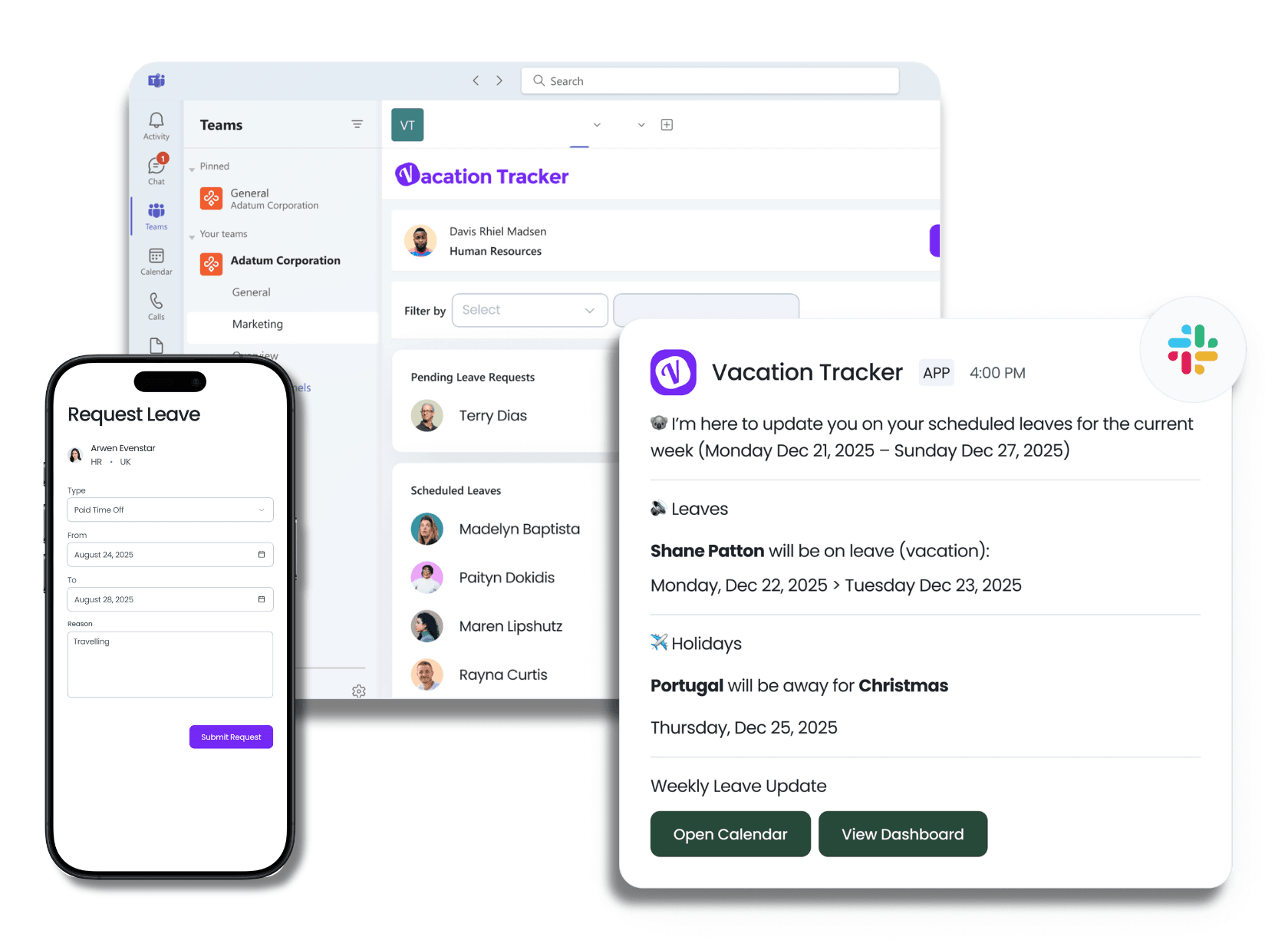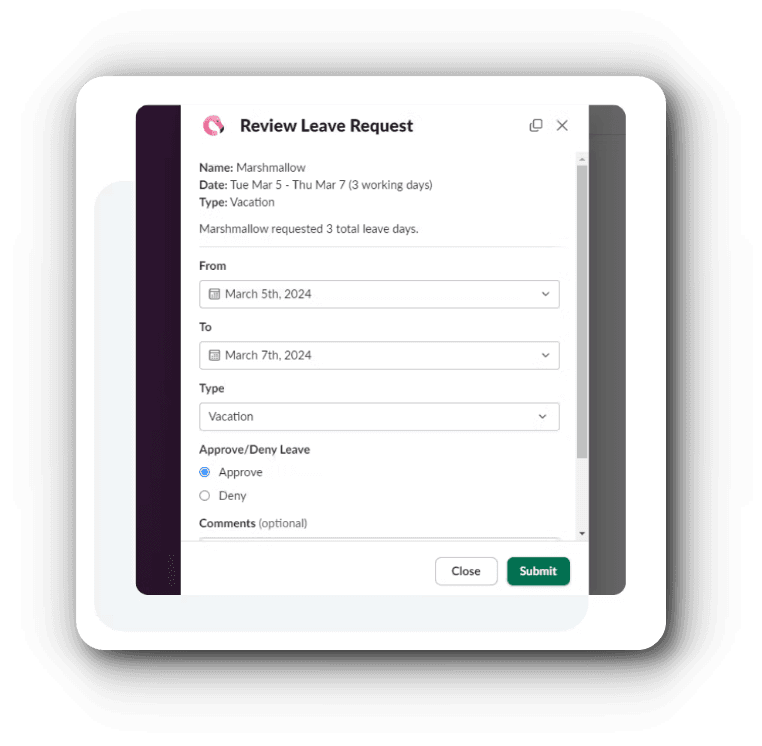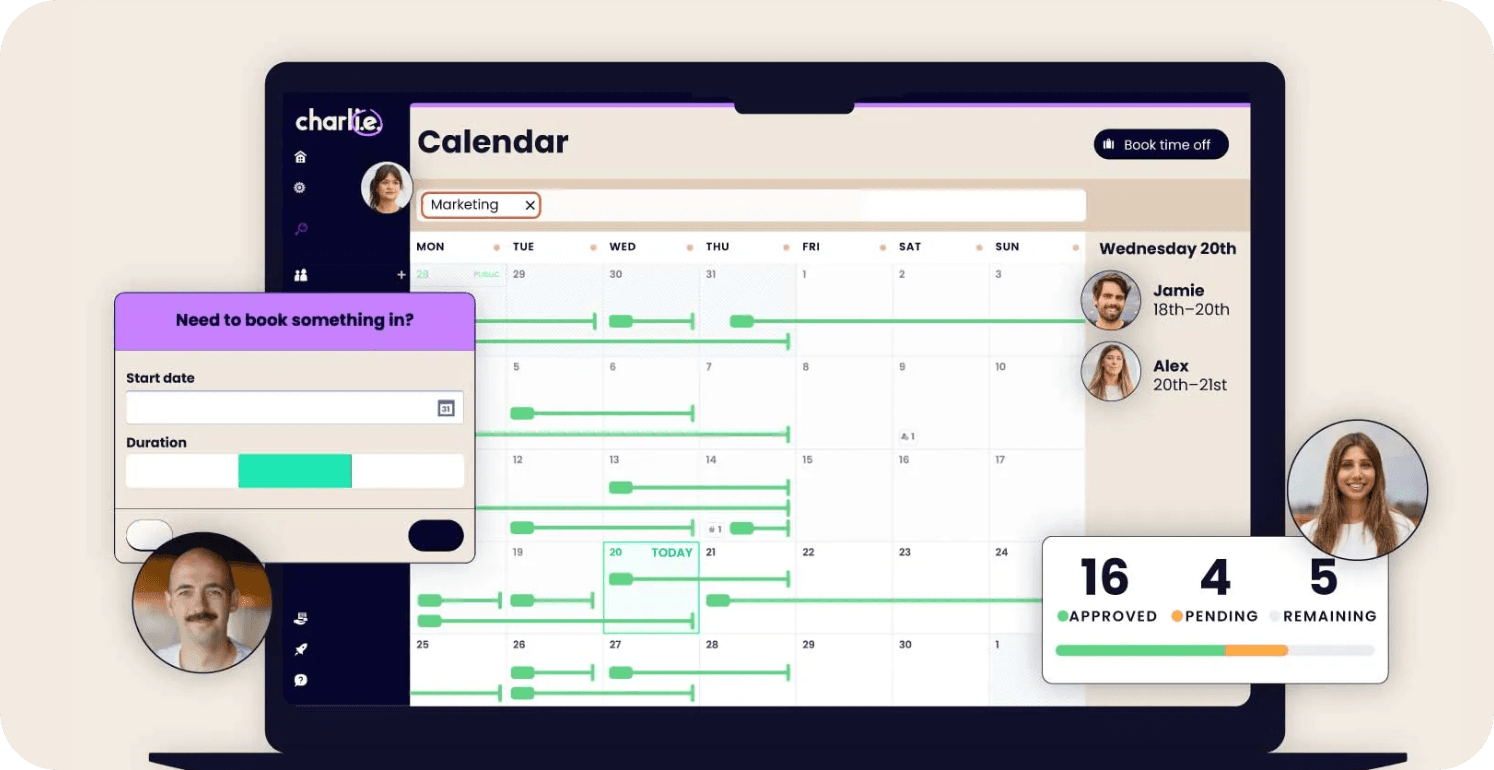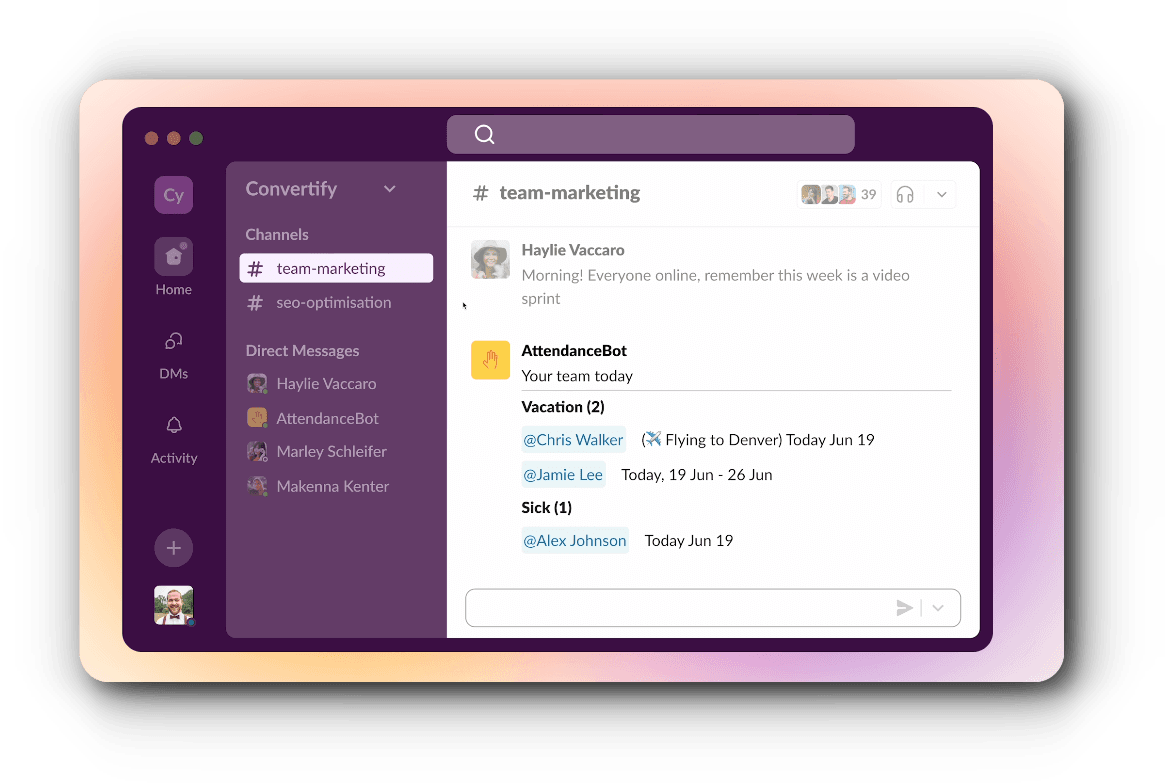Last updated on November 26, 2025
Most startups I talk to are still managing time off in Google Sheets. And I get it. Spreadsheets are free, everyone knows how to use them, and they work fine when you're five people in a garage. But what happens around the 15-person mark: someone accidentally overwrites the formula. Two people request the same week off and nobody notices until it's too late. Your operations person spends three hours a week just maintaining the damn thing. Watch the full breakdown of these tools 👆 ## Why Startups Need Leave Tracking Tools I'm not going to tell you that leave tracking software is mission-critical from day one. It's not. But there's a specific inflection point where spreadsheets become a liability. **The spreadsheet problem compounds fast.** No version control means people are editing over each other. Your team ends up messaging one person (usually the founder or office manager) to ask about time off. That person becomes a bottleneck. Time gets wasted on coordination that should be automatic. **Remote teams multiply the complexity.** When your team spans countries, you're dealing with different statutory leave requirements, public holidays, and labor laws. France has different rules than the UK, which has different rules than Germany. A spreadsheet can't enforce these automatically. **Unlimited PTO policies need tracking (yes, really).** A bunch of startups jumped on the unlimited vacation bandwagon without thinking through the logistics. You still need to know who's taking time off and when. You need to spot patterns - like someone taking zero days off and heading toward burnout, or someone taking way more than seems reasonable. The right tool saves time and prevents the kind of scheduling conflicts that make your team resent each other. ## Vacation Tracker: Built for Teams Growing Out of Spreadsheets  I'm biased here (full disclosure: I work here), but [**Vacation Tracker**](https://vacationtracker.io/) was specifically designed for the spreadsheet-to-software transition. The main advantage is where it lives. **Vacation Tracker works inside Slack, Microsoft Teams, and Google Workspace.** If your team already uses one of these, adoption is stupid simple. People request time off without leaving their communication tool. Managers approve or deny requests in Slack. The whole flow happens where your team already works. You can pull in all your team members during onboarding, set up different leave policies for different countries, and start tracking within about 10 minutes. The interface doesn't require training - if someone can use Slack, they can use this. Pricing is designed for startups and there is even a free plan for unlimited team sizes (it is limited to one leave type and one approver, though). [**Get started with Vacation Tracker's free plan**](https://vacationtracker.io/) and upgrade when you need more features. ## Flamingo: Simple Leave Tracking for Slack Teams  [**Flamingo**](https://flamingoapp.com/) only works in Slack, so if you're on Teams, skip this one. But for Slack-first companies, it's clean and straightforward. This tool makes sense for smaller teams (under 30 people) who don't have complicated leave policies yet. If you're not dealing with multiple countries or custom accrual rules, Flamingo gives you what you need without extra bloat. **The pricing is flat and transparent**, which is rare in HR software. Most tools in this space hide their real costs behind "contact sales" buttons. Flamingo just tells you what it costs upfront. ## Charlie HR: UK-Focused Leave Management  If your startup is based in the UK, [**Charlie HR**](https://charliehr.com/) understands the local compliance requirements out of the box. You get a clear overview of who's off and when, plus automated leave request workflows. The interface is polished and the approval process is quick. **Charlie HR includes features beyond leave tracking -** performance reviews, document storage, that sort of thing. If you need those, great. If you don't, you're paying for functionality you won't use. Consider whether the pricing makes sense for just the leave tracking component. ## Gusto: Full HR Platform for Fast-Growing US Startups  [**Gusto**](https://gusto.com/) is the heavyweight option. This is a full HR platform with payroll, benefits administration, and compliance tools built for US companies. If you're scaling fast and you know you'll need a dedicated HR person within the next year, Gusto might make sense. The leave tracking is solid, but it's packaged with a bunch of other features you might not need yet. **The pricing reflects the scope.** You're paying significantly more than the standalone leave tracking tools. Do the math on whether you actually need payroll integration and benefits management right now, or if those can wait another year while you use something simpler (and cheaper). ## AttendanceBot: Leave Tracking Plus Time Tracking  [**AttendanceBot**](https://www.attendancebot.com/) works in both Slack and Teams, which gives it wider compatibility than Flamingo. The differentiator here is time tracking. If your startup bills clients hourly, or if you pay contractors based on tracked time, this tool combines both functions. You get leave management and timesheet tracking in one place. **The pricing is reasonable** if you're actually using both features. For agency models or consulting startups where billable hours matter, AttendanceBot makes more sense than buying separate tools for leave and time tracking. ## Pick the Right Tool for Your Startup Stage Here's how I'd think about this: **If you're 10-30 people and just outgrowing spreadsheets**: Start with Vacation Tracker or Flamingo. Both are affordable and purpose-built for this exact transition. **If you're UK-based and want local compliance built-in**: Charlie HR knows UK leave law and handles the details automatically. **If you're US-based and scaling toward 50+ people quickly**: Consider Gusto if you'll need full HR infrastructure soon. Otherwise, it's overkill. **If you bill clients hourly or need time tracking**: AttendanceBot gives you both leave and time tracking without buying two tools. The wrong move is paying for a full HR platform when you only need leave tracking. The right move is picking something that integrates with your existing tools and doesn't require a training session to use. Stop wasting time on spreadsheets. Pick a tool that matches your team size and growth trajectory, and move on to building your actual product.

Annika Helendi
Annika is a fan of marketing and AI.



